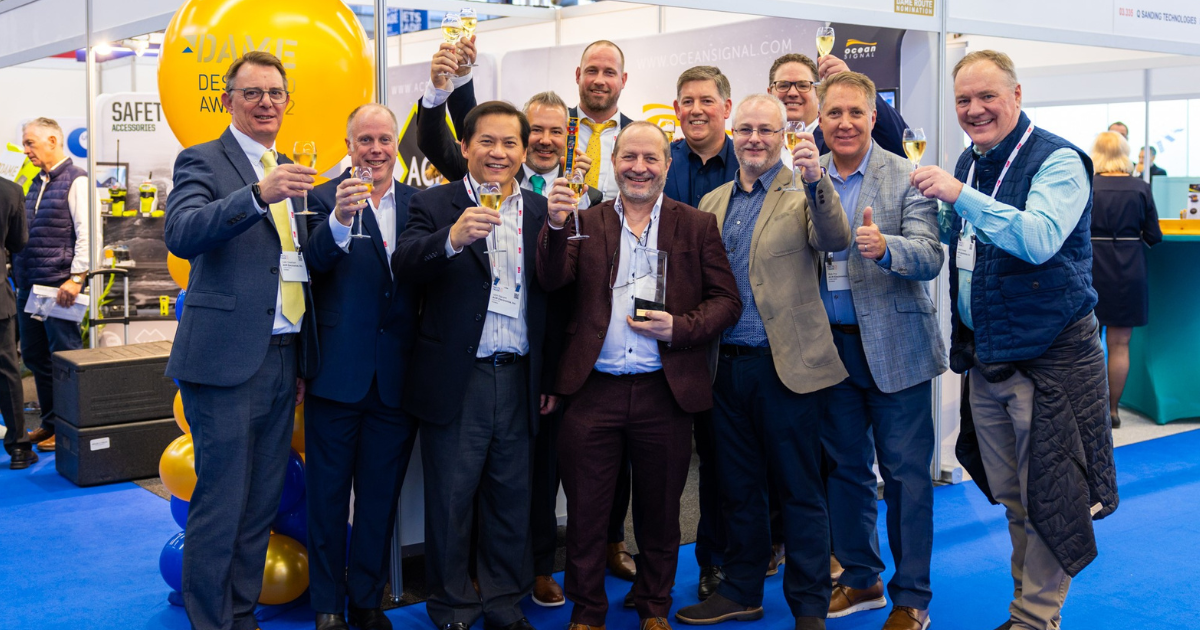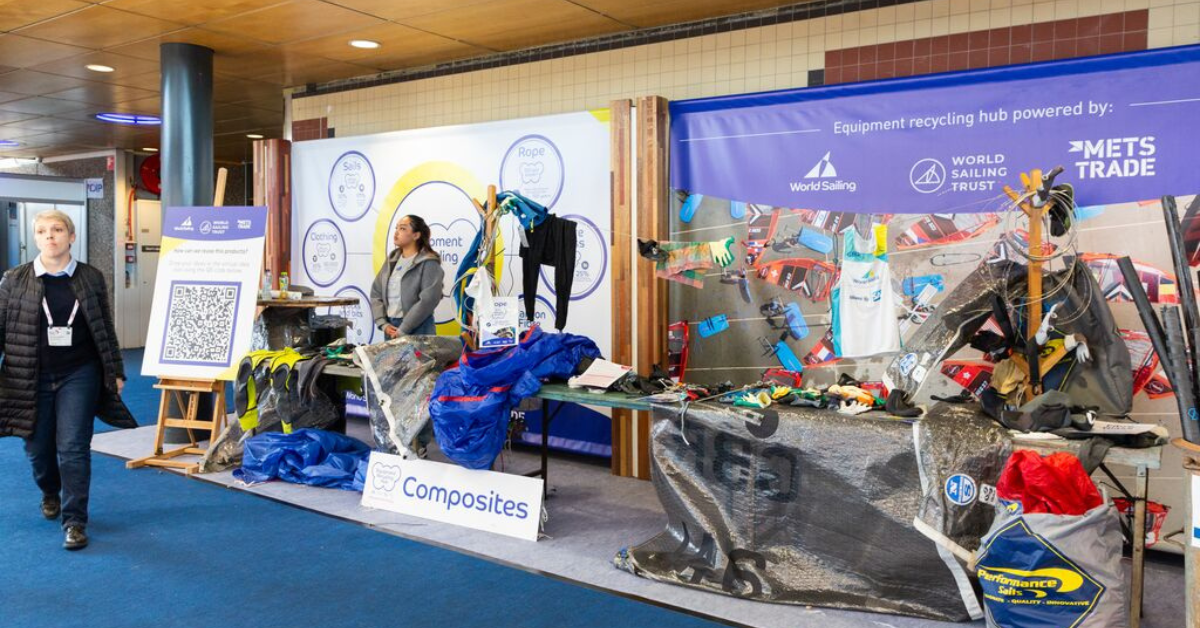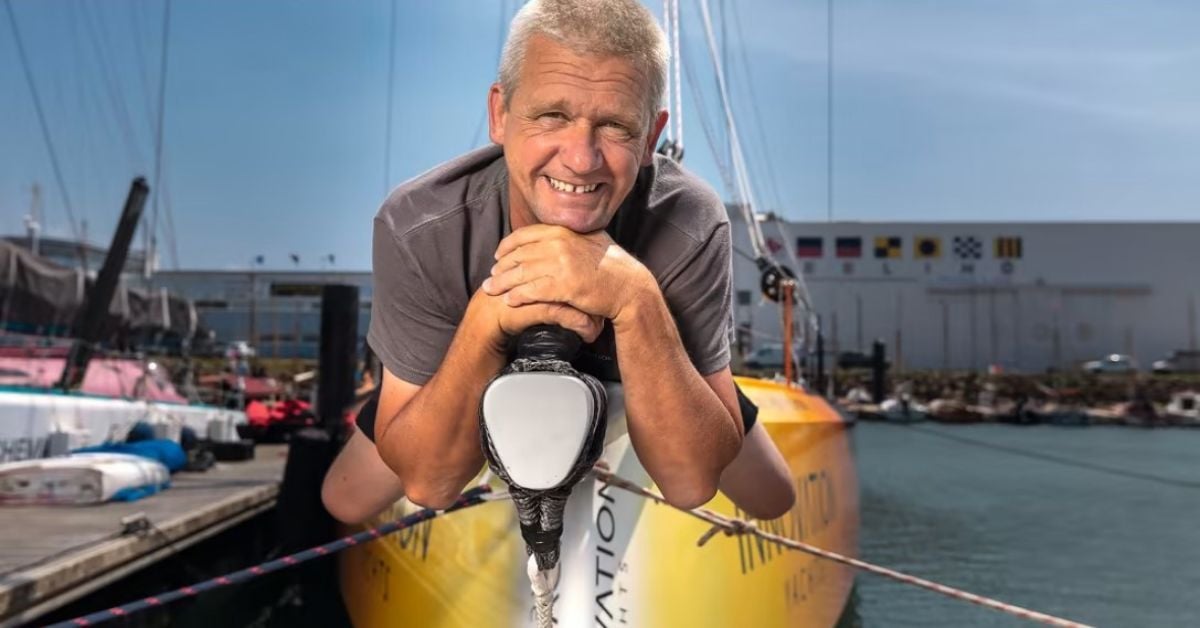PLB3: creating a winning miniaturised safety product through great design

Ocean Signal’s RescueME PLB3 AIS Personal Locator Beacon, the overall winner of the 2022 DAME Awards, was commended by the Jury for “harnessing multiple technologies to save lives in such a small unit with obvious attention to design detail.”
We asked Mikele D’Arcangelo, vice president of global marketing and product management for ACR Electronics and Wayne Card, Principal Engineer at Ocean Signal, how they set and exceeded challenging design goals in response to consumer demand for a combined PLB and AIS device.
What was the impetus for developing the PLB3?
Mikele: Personal Locator Beacons (PLBs) broadcasting on 406MHz and 121.5MHz have been around for a while and they are highly regulated. If you want to do anything different with them, it is hard to get waivers. Some years ago, ACR and Ocean Signal also introduced separate Man Overboard Beacons (MOBs) using VHF AIS to track casualties locally. But ever since we came out with those products, such as the Ocean Signal rescueME MOB1 which was nominated in the 2015 DAME Awards, consumers kept asking when we were going to combine the PLB and MOB into one unit.
So, we knew there was a market, but unfortunately there was no regulatory path at the time for a PLB with AIS capabilities. There was also the challenge of whether we could miniaturise the unit with sufficient battery power. We wanted the combined unit to remain compact enough to be clipped to a lifejacket or carried on the person – if the user cannot wear it easily it might be left off and missing if they fall overboard.
That's really where the PLB3 concept started – defining what the market wanted and then examining whether our engineering team could create the product at the necessary size and capability.
How did you manage to move from concept to reality?
Wayne: It’s a design ethos of ours to make our products as small as possible. Back in 2014 there were super skinny lifejackets coming on the market and nobody could fit their emergency beacons inside the jacket cover. That’s when we learned that a long and thin form factor is the way to go. We used that shape for the MOB1 and we knew we had to do something similar for the PLB3.
To ascertain battery capacity, we took one of our standard EPIRBs and tested it in combination with an MOB transmitter to obtain a baseline minimum requirement for power. Then we looked at how we could reduce the size of the circuits. The answer was to move beyond the already miniature 0402-sized electronic components we were utilising towards the even smaller components now used in the latest mobile phones.
We've got a really great design engineer, Sam Townshend, who was given free rein to create the styling for the PLB3 and make it look like an Ocean Signal product while managing the difficult task of fitting the electronics and batteries. Safety equipment is heavily regulated and it needs to be operated easily by a shivering person in adverse conditions, but we also believe our products should attract the buyer with distinctive styling.
Another important element of the PLB3’s physical design is its multifunction semi-automatic activation clip system. Provided the unit is armed it will trigger when a lifejacket bladder inflates and pulls on a slider device.
How did you drive the specification beyond the base requirements?
Wayne: We asked ourselves if there was anything else we could do to make the PLB3 more useful than a beacon that would just sit in your lifejacket unless you ever needed it. We had ideas on connecting to a mobile phone so it could display information and test results, but to use WiFi or Bluetooth would take power from the battery. One of our team then had the smart idea to use NFC (Near Field Communications) like the chip you have in your credit card. The transmitted field from the mobile powers up the chip inside the beacon.
Our apps engineer, Darren Nye, has done a great job with the phone app. Users can use it to see the programmed details and the latest test results for their unit.
Mikele: The addition of NFC is more important than just meeting the growing trend for mobile connectivity. Consumers can be cautious to touch and test emergency beacons because they don't want to set off an international rescue and they don’t always regularly test them as they should. If they don’t touch the beacon, they are less familiar with it in a life-threatening emergency. A further issue is the fact that around 20 per cent of beacons are not registered, according to Cospas-Sarsat, which can cause delays in the rescue process.
The feedback we're already getting since launch is that customers want to download our mobile app even before they receive their beacon, and they are then using the NFC feature out of the box. Ultimately, we believe the ability to easily test the unit and check registration status on a familiar device like a mobile has the potential to save more lives.
How easy was it to gain type approval for this new concept of safety beacon?
Wayne: Cospas-Sarsat requirements are very stringent. If you add extra functionality into the product, beyond its capabilities as a 406MHz PLB, the type approval body wants proof that nothing we have changed or altered will prevent the unit working correctly to save people's lives.
Adding NFC into the PLB3 also meant we had to get the type approval body to understand that its use would not impact duration of operation. We even ended up having to do further battery testing to prove that was the case.
The DAME Jury also commended the clarity of the PLB3’s manual – how did you create that?
Wayne: The problem we faced when combining a PLB with an AIS is you only have a couple of LEDs to indicate what's happening with all the functionalities. That’s why we concentrated so heavily on the quick start guide and manual. Our product manager created the first draft. The manual literally went around the whole department, with everyone offering many iterative improvements.
How many people were involved in the design and how do you work together?
Wayne: We started with a team of three – our product designer and mechanical engineer, our electronics engineer and a software engineer. Once we got the core product and passed that into type approval testing process, the team grew to around eight people so that we could create the test and manufacturing systems required to put the PLB3 onto the production line.
All design effort was in-house – the only thing we subcontract is PCB assembly. Our partner for that also had to invest in research and development to get the right things in place so they could run the PLB3’s highly miniaturised boards through their surface-mount machine.
Every decision we make, and every idea proposed is talked through by the design group. We ask – is this going to affect the way it performs when it comes to crunch time? Is it going to stop the product from working and saving somebody's life?
Diligence doesn't just stop at the design stage. We have a fantastic team – some of the best engineers I've worked alongside in my career. They're all superbly conscientious and maintain a close interest long after a product leaves R&D and moves into production. We take very seriously that responsibility of creating products to save lives – it is a good feeling to know we can make a difference.
How will the design elements created for the PLB3 influence the rest of the range?
Mickele: The PLB3 was the foundation product for a whole new series of EPIRBs that we also launched at METSTRADE last year including the EPIRB3 for Ocean Signal and DAME Award nominated ACR GlobalFix V5 EPIRB. By starting with the very challenging size of the PLB3 it’s provided an obvious path to bring on other similarly capable products in the range.
Participate in the DAME Design Award?
Want to participate in the DAME Design Award? Entry for 2023 will be open as from July 2023. For questions regarding the DAME Design Award: dame@rai.nl.


